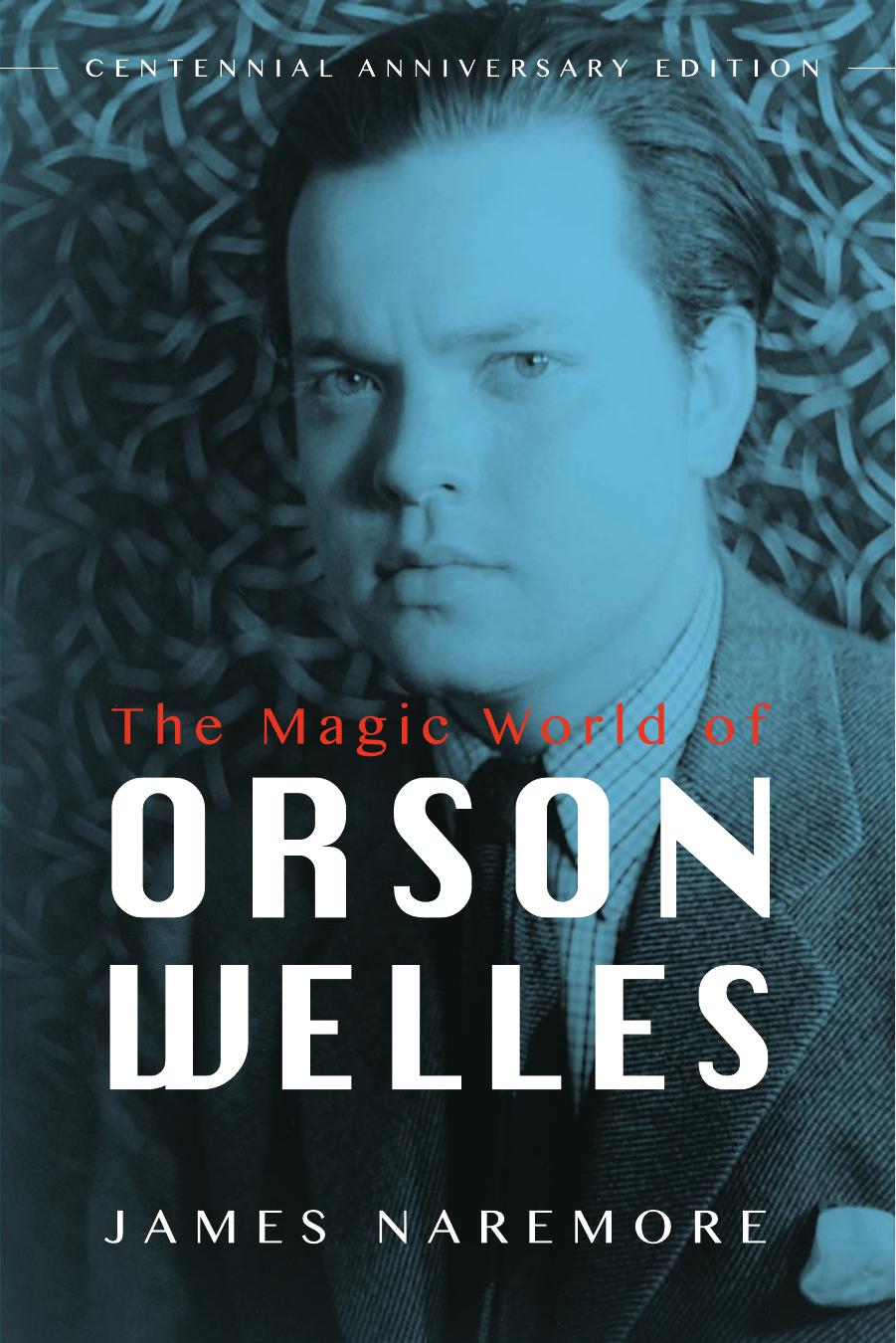The Magic World of Orson Welles by James Naremore

Author:James Naremore
Language: eng
Format: epub, pdf
Publisher: University of Illinois Press
Published: 2015-08-27T16:00:00+00:00
Figure 5.11: The Celtic cross and a forked tree: symbolism in Macbeth.
Everywhere the movie is characterized by a deliberate, stagy artificiality, as in the scene where Macbeth climbs a hillock and rages at the top of his voice while nature storms around him; the studio lights are turned up and down to represent lightning, a tinny backstage rumble simulates thunder, and on the “sky” behind Welles we can actually see the shadows cast by the phony trees in the foreground. Welles is quite willing to let these awkward effects stand, however, because he is striving for something much like Raymond Durgnat’s description of expressionist cinema in Films and Feelings. Durgnat says that expressionism is characterized by “heaviness, symbolism and a sense of haunting.” It represents a “turning away from naturalism” that is reflected in “the German preference for huge studio sets and elaborate technical effects rather than location photography.” In addition, he says:
The relationships of the characters are all reduced to broad, primal attitudes and urges. The acting concentrates, not on the ebb and flow of people’s behavior, but on broad, forceful postures and gestures. Thus the film is reduced to a series of basic movements each of which is then emphasized and “accordioned out”—giving the characteristic “heaviness” of German silent films.
By this description, Macbeth is arguably the purest example of expressionism in American cinema. It begins with a few highly effective outdoor shots and then grows progressively less naturalistic as it goes along. It makes use of all the expressionist urges that were characteristic of Welles’s style from the beginning of his career—the deep-focus photography, the distortions of the fish-eye lens, the deep shadows, the snaky movements of the camera—but to these it adds an obviously staged, constructed, symbolic environment, to say nothing of an acting style and a conception of the play that is so “simplified” in outline that it actually conflicts with Shakespeare’s language. (This language is further defaced by post-synchronized sound, a flaw one encounters repeatedly in Welles’s low-budget European films. Here a number of scenes were shot in the same fashion as a Hollywood musical number, with players mouthing their own prerecorded speeches so that a “perfect” reading of Shakespeare could be obtained throughout the complex long takes. When the studio later objected to the Scottish accents Welles had given his actors, much of the film was redubbed, creating unfortunate confusion. In 1980 UCLA and the Folger Library restored the film to its original length and soundtrack. This restoration is superior in every way to the studio’s version; in recovering the porter scene, it also recovers an impressive ten-minute take.)
The results are often striking: the bank of clouds that symbolizes “tomorrow and tomorrow and tomorrow”; the shadow of Macbeth’s finger crawling along a stone wall to point at Banquo’s ghost; the highly artificial, Nuremberg-style lighting of Dunsinane at night; the misty, heathenish courtyard with a gray cyclorama spread behind it. But in spite of the effectiveness of parts of the film, Welles’s methods are often
Download
The Magic World of Orson Welles by James Naremore.pdf
This site does not store any files on its server. We only index and link to content provided by other sites. Please contact the content providers to delete copyright contents if any and email us, we'll remove relevant links or contents immediately.
| Actors & Entertainers | Artists, Architects & Photographers |
| Authors | Composers & Musicians |
| Dancers | Movie Directors |
| Television Performers | Theatre |
Cecilia; Or, Memoirs of an Heiress — Volume 2 by Fanny Burney(31871)
Cecilia; Or, Memoirs of an Heiress — Volume 3 by Fanny Burney(31854)
Fanny Burney by Claire Harman(26526)
We're Going to Need More Wine by Gabrielle Union(18967)
Plagued by Fire by Paul Hendrickson(17331)
All the Missing Girls by Megan Miranda(15570)
Cat's cradle by Kurt Vonnegut(15184)
Bombshells: Glamour Girls of a Lifetime by Sullivan Steve(13972)
Leonardo da Vinci by Walter Isaacson(13182)
For the Love of Europe by Rick Steves(12983)
4 3 2 1: A Novel by Paul Auster(12283)
Adultolescence by Gabbie Hanna(8857)
The remains of the day by Kazuo Ishiguro(8821)
Note to Self by Connor Franta(7621)
Diary of a Player by Brad Paisley(7487)
Giovanni's Room by James Baldwin(7191)
What Does This Button Do? by Bruce Dickinson(6134)
Ego Is the Enemy by Ryan Holiday(5294)
Born a Crime by Trevor Noah(5294)
